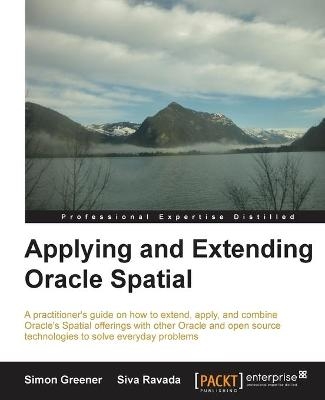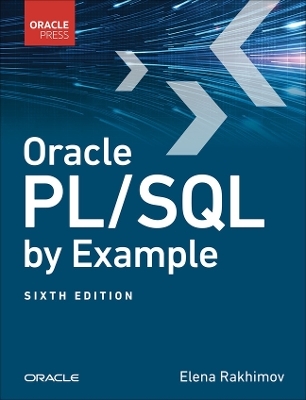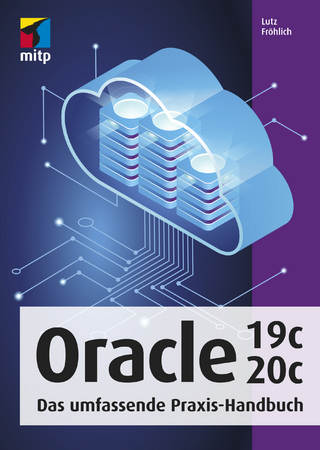
Applying and Extending Oracle Spatial
Packt Publishing Limited (Verlag)
978-1-84968-636-5 (ISBN)
Simon Greener has university qualifi cations in geomatics, computing science, database technologies, and project management. He started his working career with mining and surveying experience. He then found his calling as a computer scientist with his fi rst job as a database programmer on IBM mainframes for Telstra. He switched to GIS three years later through working in a multi-disciplinary GIS research team at Telecom's Research Laboratories (TRL) in Clayton, Victoria. While at TRL, he worked on projects whose outcome saw the creation of what is now Telstra's Sensis group. After leaving TRL, he worked as a lecturer and consultant for CenSIS (University of Tasmania) under Professor Peter Zwart, writing student and technical training courses. While there, he continued to consult to Telstra's Directory Services and Mobile groups. It was here that he came in contact with the Spatial DataBase Engine (SDBE) from Geographic Technologies Incorporated (GTI) and saw its potential for the management of large scale spatial databases within relational database technologies, a merging of his IT and GIS worlds. This led to the foundation of Salamanca Software Pvt Ltd (SalSoft), for which he was a Director until it was purchased by ESRI Australia in 1996. Some notable achievements while at SalSoft included helping brokers with the sale of SDBE to ESRI Inc (now ArcSDE), winning the fi rst ArcSDE sale to Telstra to power its White pages/Yellow pages mapping portal, co-authoring a geocoding specifi cation for Spatial Decision Systems (now Sensis), consulting for Geographic Technologies Australia on numerous projects based on Universal Press street directory data, and the creation of GeoCASE/Blueprint, the world's fi rst data modeling tool that enabled the modeling of spatial data and relationships. In 1997, he was appointed GIS Manager for Forestry Tasmania (FT) in Hobart, Tasmania. While at FT, he architected the complete revamp of FT's GIS systems using Oracle Spatial (being one of the earliest adopters of the Sdo_Geometry implementation) as the core data management technology. He was concentrating on embedding geospatial data and processing within business systems via a valueoriented, business-centric computing model. He designed and built numerous systems during those years, the best of which was MapComposer, a three-click web-enabled business map production system that, when he left in 2005, had grown (2000-) to over 320 online uses, producing over 50,000 maps a year from a repository of over 100 different map templates (still in operation in 2013). His years at FT concluded with the writing of a GIS Strategy that saw the use of GIS increase yet the cost of the technology to the organization decrease. He left FT in September 2005 for the precarious world of self-employment. He was a sometime copyist for Directions Magazine. As a subcontractor to a Spatial distributor in Australia, he wrote a Radius Topology training course and provided Radius Topology and Oracle Spatial consulting services for them at numerous customer sites until May 2006. From May to August 2006, he was engaged by Spatial, Cambridge, UK, under a UK Government Department of Trade and Industry's GlobalWatch program to conduct research and development in relation to enhancing the export potential of their latest product, Radius Studio (this resulted in Radius Studio being integrated with Feature Data Objects – FDO technology to extend its data access capabilities). In his consulting career, he has written a spatial strategy document and conducted a database performance analysis review for a large Tasmanian Government department. He has conducted a number of Oracle spatial database best practice, tender and system, and return on investment reviews at a number of Victorian Government departments. He wrote and delivered a user requirements document for Enterprise GIS at a large Australian corporation. He also provided guidance and implementation services to an ambulance service helping integrate Oracle Spatial into a data warehouse project that used Oracle Portal, Discoverer, and Data Warehouse Builder. He delivered many solutions for a NSW water authority; and fi nally, he successfully completed many migration, publication, return on investment, process improvement, and database design contracts for a number of Canberra-based Federal Government departments. Simon makes available a collection of PL/SQL and Java-based sample solutions for the Oracle database via his website. He is also principal programmer for the SQL Developer spatial extension, GeoRaptor. Finally, he was awarded, the 2011 Oracle Spatial Excellence Award for Education and Research by Oracle. His technical areas of expertise include systems design and architecture (spatial and attribute), data management, and modeling in both the OLTP and OLAP spaces, and he is also an evangelist for O-RDMS-based spatial data. He is available for free-lance geospatial solutions architecture work, Java and PL/SQL programming, and he provides Oracle Spatial benchmarking and performance enhancement services. His non-technical interests are his family, friends, walking, reading, singing, and motorcycle riding. Siva Ravada earned a PhD degree from the University of Minnesota in the fi eld of Spatial Databases before joining Oracle's Spatial development team. He is now a Senior Director of Development at Oracle Corporation. At Oracle, Siva was one of the founding team members of the Spatial development team before taking over the team management responsibilities. Siva now manages the Spatial and MapViewer development teams at Oracle. He has more than 15 years of experience in spatial databases and application development. He has also co-authored more than 30 articles published in journals, and holds more than 30 patents. He has also presented key-note speeches at several conferences on the topics of spatial databases and GIS. Oracle is the second largest software company and the number one database company in the world.
| Erscheint lt. Verlag | 25.9.2013 |
|---|---|
| Verlagsort | Birmingham |
| Sprache | englisch |
| Maße | 75 x 93 mm |
| Themenwelt | Informatik ► Datenbanken ► Oracle |
| ISBN-10 | 1-84968-636-X / 184968636X |
| ISBN-13 | 978-1-84968-636-5 / 9781849686365 |
| Zustand | Neuware |
| Haben Sie eine Frage zum Produkt? |
aus dem Bereich


